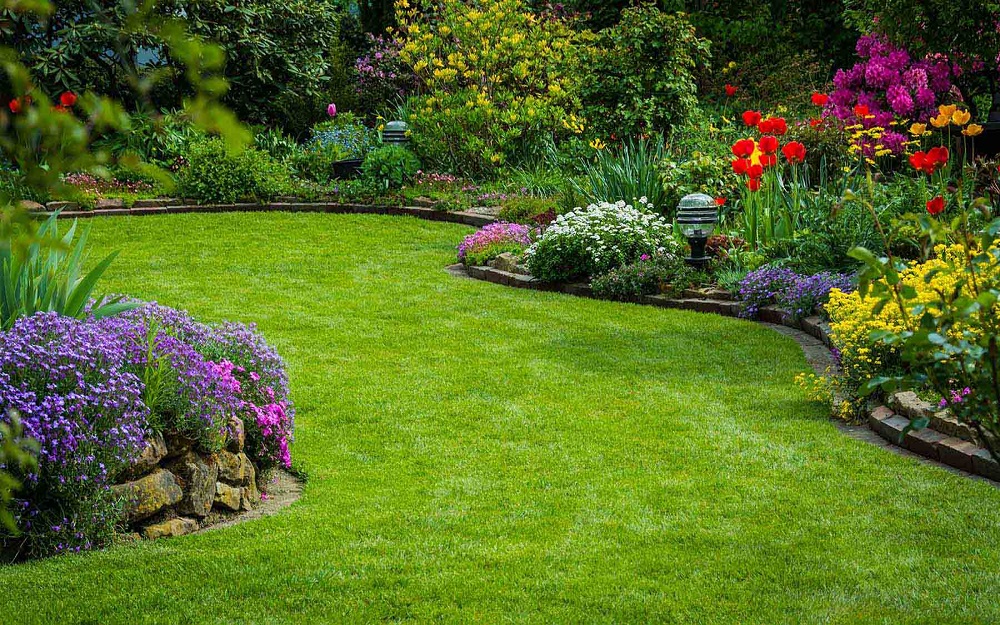Transforming your outdoor space into a gorgeous landscape can be an incredibly rewarding project. Whether you're looking to design a friendly entryway that boosts your street presence or a calm garden oasis for tranquility, the perfect design plan can truly make a difference. With each season bringing its own distinct charm, it’s crucial to consider how your layout will change and thrive throughout the months.
In this article, we will explore the beauty of each season through various creative landscaping concepts. From using local vegetation to utilizing stone features, we’ll assist you in creating a year-round garden paradise. Join us as we delve into the leading fashion, helpful hints, and professional advice that will help you create a landscape that not only reflects your aesthetic but also enhances your house’s appearance and welcomes the natural landscape in all period.
### Essential Garden Planning Concepts
Creating a gorgeous garden begins with selecting the ideal design elements which showcase your unique taste and meet your real-world requirements. One important idea is to incorporate a range of plants that grow well in your local conditions, ensuring constant beauty. Combining perennials, annuals, small bushes, and large plants can establish rich levels and textures, guaranteeing your landscape stays colorful through every season. As you are selecting plants, take into account how they work with each other in terms of hue and scale, as well as their personal maintenance needs.
Bridging spaces in your yard styling can boost usability and aesthetics. One efficient way to achieve this is by incorporating hardscaping components like walkways, decks, and holding barriers. These elements not only direct flow through your outdoor space but also create areas for relaxation and socializing. Integrating Go to the website that coordinate or oppose harmoniously with your home's design can establish a consistent look while boosting the total attractiveness of your yard.
Lastly, consider the function of external light in changing your garden at evening. Thoughtful light design showcases notable elements, like trees, water features, or installations, while also creating a inviting ambiance. Using a mix of general, overall, and highlight lighting can improve the experience of your garden, letting you to delight in its charm well past the sun disappears. With thoughtfully merging these components, you can craft a landscape that pleases throughout the entire year.
Techniques for a Low-Maintenance Yard
Establishing a minimal upkeep yard starts with thoughtful plant selection. Select local plants that prosper in your local climate and need limited watering and upkeep. These plants are ideal to the soil and weather conditions, supporting a healthy ecosystem while minimizing the need for fertilizers and pesticides. Bundling plants with similar watering needs in clusters will also help preserve water and make maintenance simpler.
Integrating hardscaping elements can significantly cut down on the time and effort spent on yard care. Features such as terraces, trails, and retaining walls not only contribute structure to your landscape but also cut down on the area that needs constant upkeep. Consider employing permeable materials for walkways to enhance drainage and mitigate runoff. This fusion of hardscaping and strategic planting establishes a well-designed design that is both functional and aesthetically pleasing.

Finally, mulching is a crucial technique for achieving a low-maintenance yard. A generous layer of mulch helps hold soil moisture, control weeds, and regulate soil temperature. It also adds an attractive finish to garden beds. By applying mulch frequently and maintaining it each season, you can create a gorgeous and useful outdoor space that requires minimal intervention throughout the year.
Sustainable and Affordable Solutions
Creating a gorgeous landscape does not have to be expensive or damage the environment. One successful approach to achieving a stunning garden is to emphasize indigenous plants. These types of plants are intrinsically adapted to the local climate and soil, demanding less irrigation, fertilizers, and maintenance. By adding indigenous plants, you can create a rich garden that supports regional wildlife while reducing your ecological footprint.
Another green solution is the use of hardscape elements made from reclaimed materials. Items like repurposed brick, stones, or blocks can add charm to your garden. They not only provide useful pathways and seating areas but also reduce the impact of new materials on the environment. Additionally, these features can create low-maintenance zones in your landscape, allowing you save both time and money in landscaping upkeep.
Finally, think about implementing water-efficient techniques to create a more eco-conscious and budget-conscious garden. Drip irrigation systems or collecting rainwater can significantly reduce water usage. Mulching around plants helps keep moisture in the soil, minimizing the need for frequent irrigation. These methods not only contribute to sustainability but also enhance your garden's overall health and aesthetic, making it a delight to spend time in year-round.
